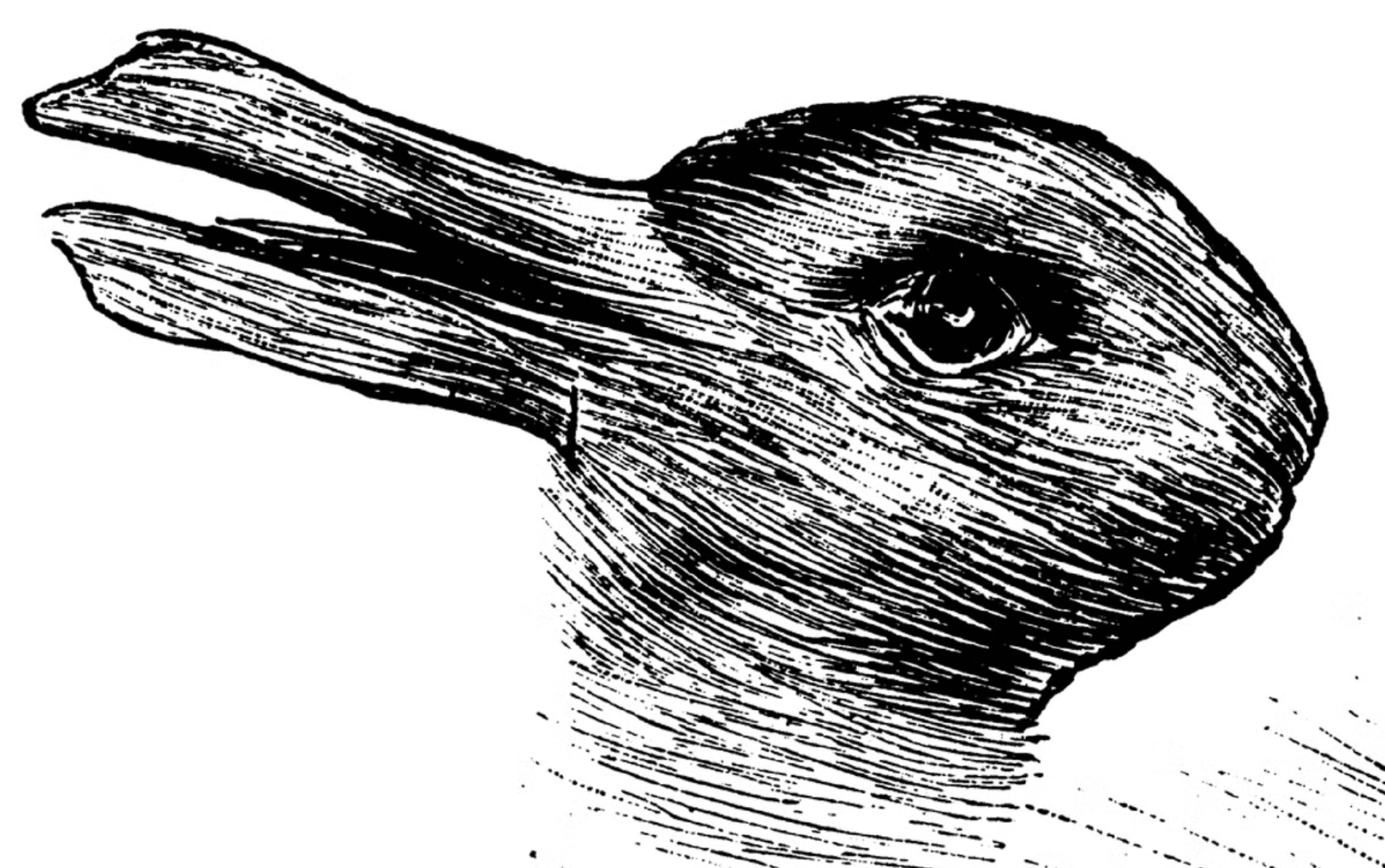
In high school, the math classroom was my favorite place. This was not only because I enjoyed solving mathematical problems immensely but mainly because the entire classroom was full of works by M.C. Escher. To this day, I find Escher’s work masterful and can spend hours looking at rising water and his other applications of the impossible Penrose triangle (viewing tip: on this page, you will find a unique consideration of Escher’s work through the eyes of Professor Penrose).
Playing with the impossible is what makes all visual illusions so interesting. There is nothing like asking yourself, “Huh, how is this possible?”. That is why there is a standard set of cards with optical illusions in my study and I like to visit museums about visual illusions with my children. Visual illusions stimulate the art of wonder.
Visual illusions
That you can also use visual illusions functionally, I learned from Dan Ariely’s TED talk. In this talk, Dan Ariely uses visual illusions as a metaphor for rationality. He does this for a reason: “The nice thing about visual illusions is that we can easily demonstrate mistakes.” With visual illusions, you can easily prove that you perceive something different from what is there. Despite that easy proof, we continue to see something different from what is actually there: “Our intuition is really fooling us in a repeatable, predictable, consistent way, and there is almost nothing we can do about it,” Ariely said. As to why visual illusions are such a great metaphor, Ariely says, “Vision is one of the best things we do. We have a huge part of our brain dedicated to vision, bigger than dedicated to anything else. We do more vision more hours of the day than we do anything else, and we are evolutionarily designed to do vision. And if we have these predictable, repeatable mistakes in vision, which we are so good at, what’s the chance that we don’t even make more mistakes in something we’re not as good at, for example, financial decision making?” How powerfully phrased.
Hobbyhorses
The functional use of visual illusions takes the sting out of awkward conversations. That’s because visual illusions encourage wonder to win over one’s hobbyhorses. For example, Joseph Jastrow’s “Duck or Rabbit?” is wonderful for stimulating perspective changes, and Akiyoshi Kitaoka’s Rotating Snakes are a fine metaphor for exploring needs about slowing down or speeding up in a project. But the very finest visual illusions are based on something known in science as “Motion-induced blindness“: when you stare at a dot against a moving background, you notice that over time the other dots in the image disappear from your view. The motion causes you to see less and less, a metaphor I like to use in change processes to maintain vigilance so that everyone continues to be seen and heard during the transition.
Blind blemishes
Visual illusions help make us aware of all our blind blemishes: the ingrained patterns in our thinking, the forgetting of people in times of change, our tunnel vision, and our conviction of being right. Wondering about visual illusions and the extraordinary workings of our brain helps to reopen the mind. Open to the sounds of others and open to other perspectives. In an age of constant change, being open to other views and sounds is the most important skill you can possess. And that skill is so easy to train. Neuroscientist Gregory Berns advises in his book Iconoclast: “Bombard the brain with things it has never encountered before” (Berns, 2010). In other words, keep wondering — every day.







